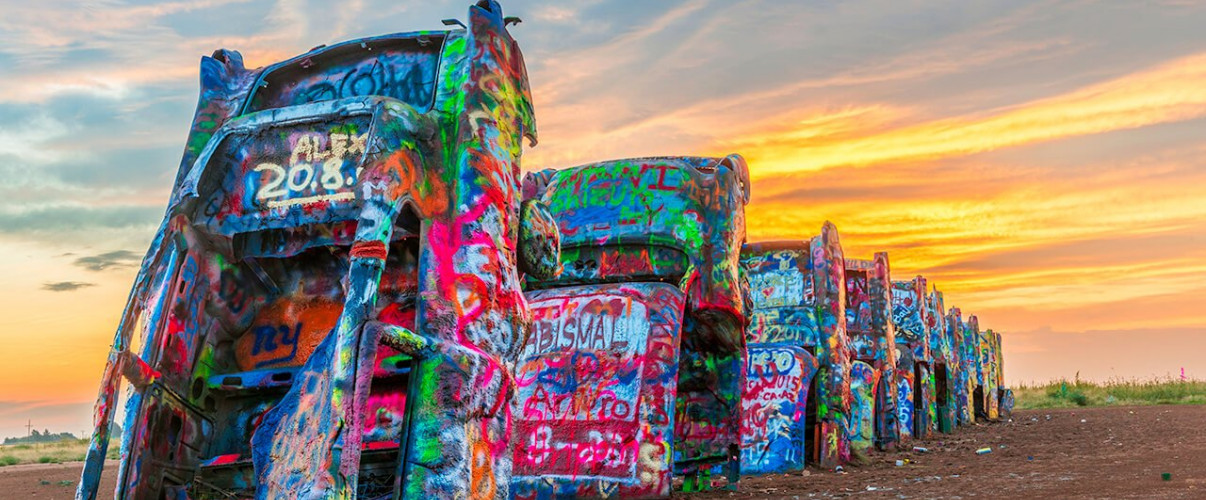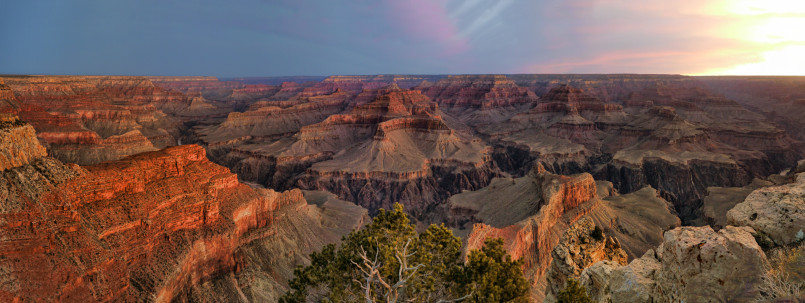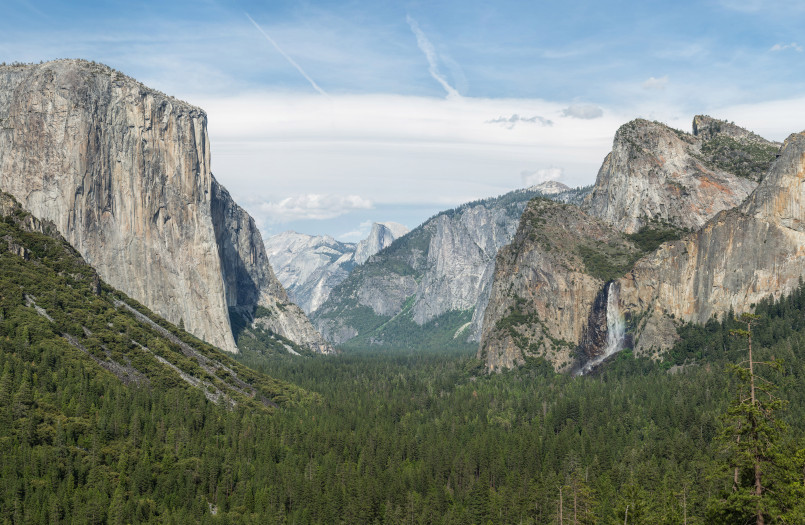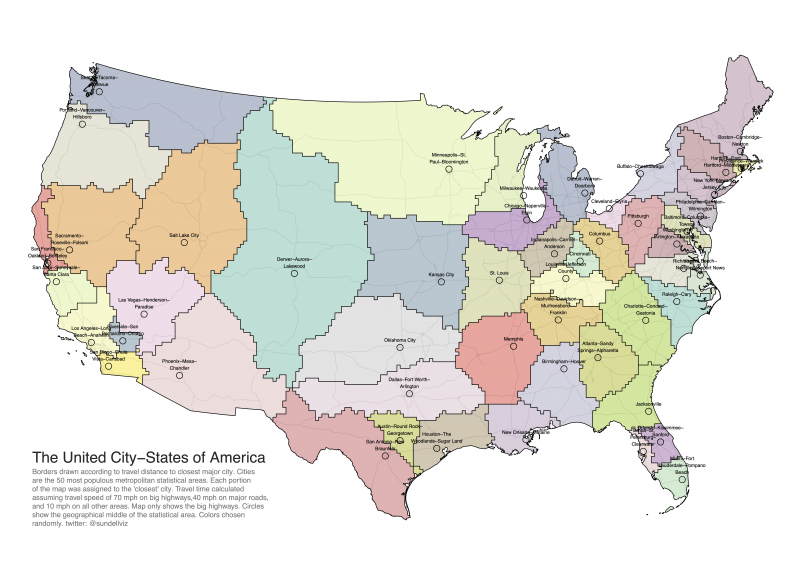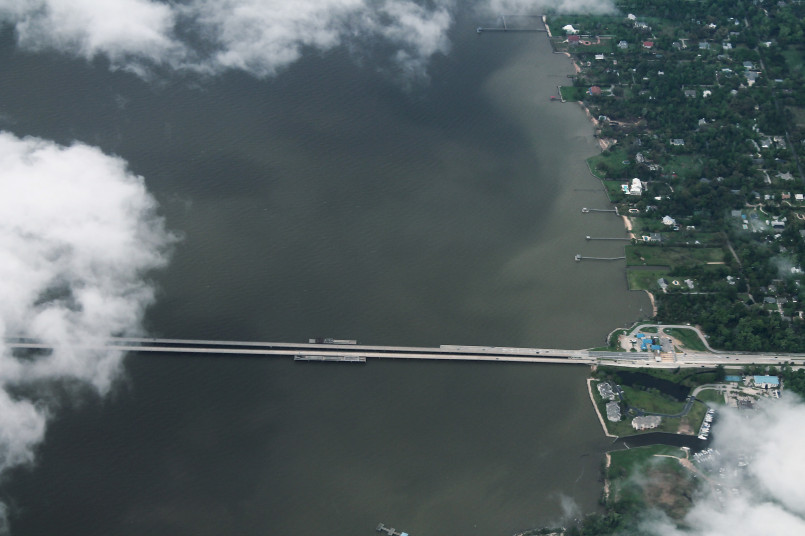From cars buried nose-down in the desert to houses built upside-down, America's highways are dotted with attractions so strange they defy explanation. These quirky landmarks represent the ultimate expression of American eccentricity and creativity, drawing curious travelers off the beaten path.
American highways hold secrets that no travel brochure can adequately prepare you for. Scattered across the country's vast network of roads are monuments to human creativity, eccentricity, and sometimes, downright weirdness. These roadside attractions have become cultural landmarks in their own right-unexpected diversions that transform ordinary road trips into unforgettable adventures.
From the fever dreams of passionate visionaries to clever marketing ploys that outlived their original businesses, these attractions represent a unique slice of Americana that continues to captivate travelers decades after many were first constructed. Let's explore some of the strangest roadside wonders that make traveling America's highways an experience unlike any other.
Iconic Automobile Attractions
Nothing says "American road trip" quite like automobile-themed attractions that celebrate our love affair with cars in the most peculiar ways.
Cadillac Ranch in Amarillo, Texas stands as perhaps the most famous automotive art installation in America. Ten vintage Cadillacs are buried nose-down in the desert, positioned at the same angle as Egypt's Great Pyramid. Visitors are encouraged to add their own graffiti to the ever-changing canvas of these half-buried classics.
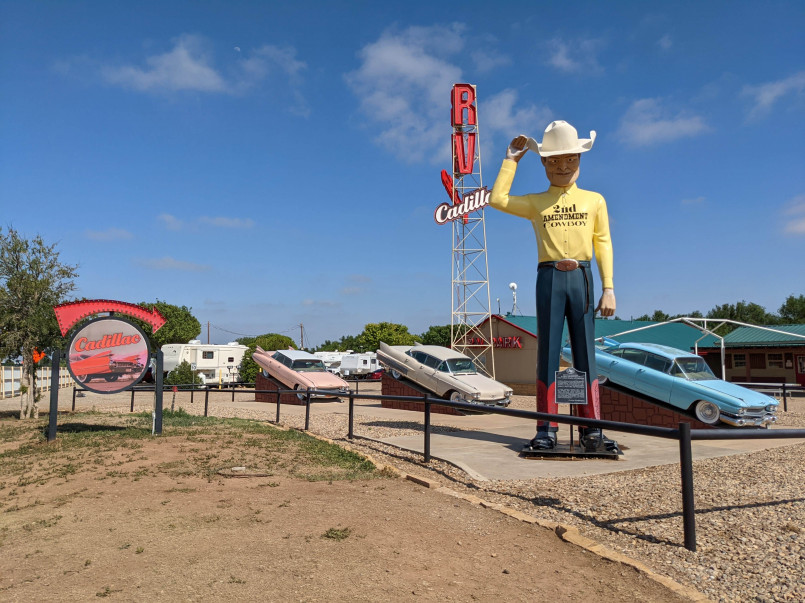
Carhenge in Alliance, Nebraska offers exactly what its name suggests-a full-scale replica of England's Stonehenge constructed entirely from vintage American automobiles. Painted a uniform gray, these stacked and arranged vehicles create a surprisingly accurate homage to the ancient monument while being completely absurd.
The Largest Ball of Twine in Cawker City, Kansas might not technically be automobile-themed, but it certainly represents the classic American road trip destination. This ongoing community project has grown since 1953 when farmer Frank Stoeber began his twine-saving hobby. Today, visitors can add their own twine to this massive ball during the annual "Twine-a-thon."
Mysterious and Supernatural Stops
America's highways also feature attractions that play with our fascination for the unexplained and supernatural.
The Mystery Spot in Santa Cruz, California defies the laws of physics-or so it seems. In this "gravitational anomaly," balls appear to roll uphill, people seem to stand at impossible angles, and your perception of height changes dramatically. While scientists explain these effects as clever optical illusions, the attraction maintains its mysterious allure.
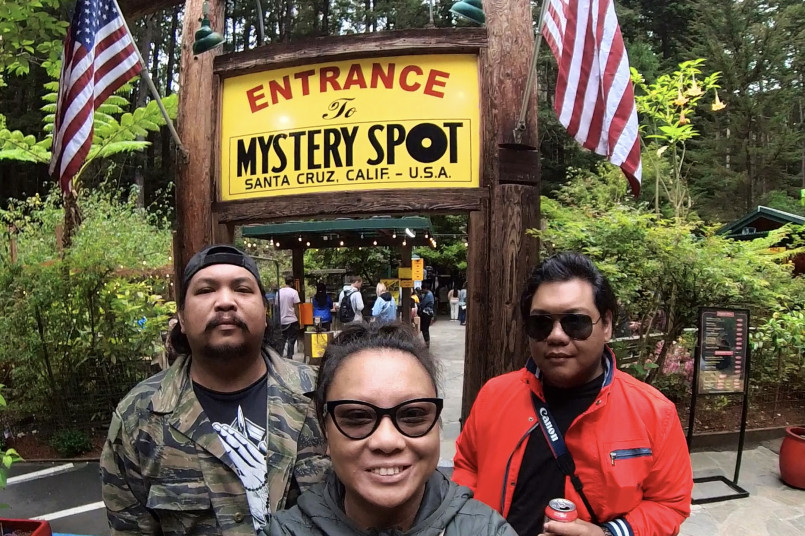
The Oregon Vortex in Gold Hill offers similar perspective-bending phenomena. Operating since 1930, this attraction features demonstrations where people appear to change heights depending on where they stand and brooms seem to stand on their own. The site claims to be a genuine spherical field of force extending out from the center of the vortex.
Roswell UFO Museum in New Mexico commemorates the alleged 1947 UFO crash that made this small town internationally famous. The museum houses exhibits on the incident, alien autopsies, and a research library for UFO enthusiasts, becoming a pilgrimage site for believers in extraterrestrial visitors.
Architectural Oddities
Some of America's strangest roadside attractions come in the form of buildings that defy conventional architecture in dramatic fashion.
The House on the Rock in Spring Green, Wisconsin defies easy description. What began as a peculiar house built atop a 60-foot chimney of rock has expanded into a labyrinthine complex featuring the world's largest carousel, an infinity room extending unsupported 218 feet over a valley, and countless bizarre collections including mechanical music machines and doll houses.
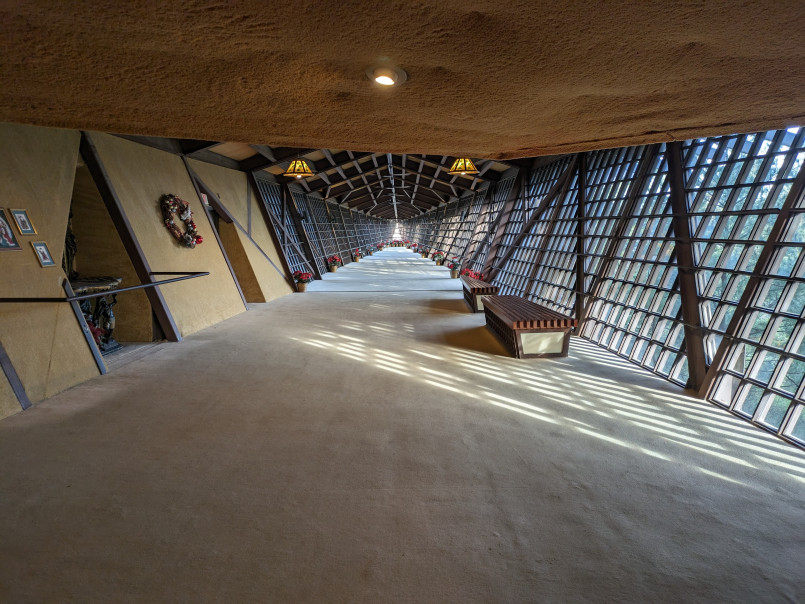
Coral Castle in Homestead, Florida represents one man's incredible feat. Edward Leedskalnin, weighing just 100 pounds, somehow single-handedly carved and moved over 1,100 tons of coral rock to create this monument, supposedly as a tribute to his lost love. How he accomplished this engineering marvel remains a mystery.
The Winchester Mystery House in San Jose, California embodies architectural paranoia. Sarah Winchester, heiress to the Winchester rifle fortune, continuously built onto her mansion for 38 years to confuse the ghosts of those killed by Winchester rifles. The resulting 160-room mansion features staircases leading to ceilings, doors opening to blank walls, and other architectural oddities designed to baffle malevolent spirits.
Oversized Everyday Objects
America has a peculiar fondness for creating gigantic versions of ordinary objects and turning them into roadside photo opportunities.
The World's Largest Frying Pan in Long Beach, Washington measures 9 feet 6 inches in diameter and weighs nearly half a ton. Though it's not actually used for cooking anymore, it represents America's fascination with food-themed giants.
Paul Bunyan and Babe the Blue Ox statues in Bemidji, Minnesota stand as 18-foot and 10-foot tributes respectively to America's legendary lumberjack and his companion. These massive figures have greeted visitors since 1937, embodying the tradition of oversized roadside sculptures.
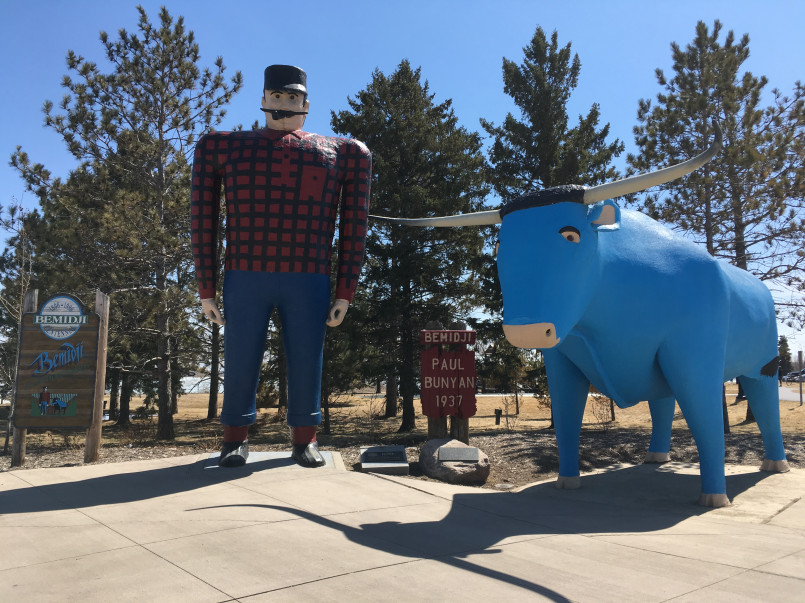
The World's Largest Basket in Newark, Ohio isn't a roadside attraction per se-it's actually the headquarters of the Longaberger Basket Company. This seven-story building shaped like a basket complete with handles represents corporate architecture at its most literal and whimsical.
Bizarre Museums and Collections
Some of America's strangest attractions involve collections of items so specific or unusual that they've become destinations in their own right.
The International Cryptozoology Museum in Portland, Maine stands as the world's only museum dedicated to the study of hidden or unknown animals like Bigfoot and the Loch Ness Monster. The collection includes hair samples, footprint casts, and other "evidence" of these legendary creatures.
The Barbed Wire Museum in La Crosse, Kansas showcases over 2,400 varieties of barbed wire along with fencing tools and equipment. What might seem mundane actually tells the story of how this invention transformed the American West by allowing for property boundaries on the open range.
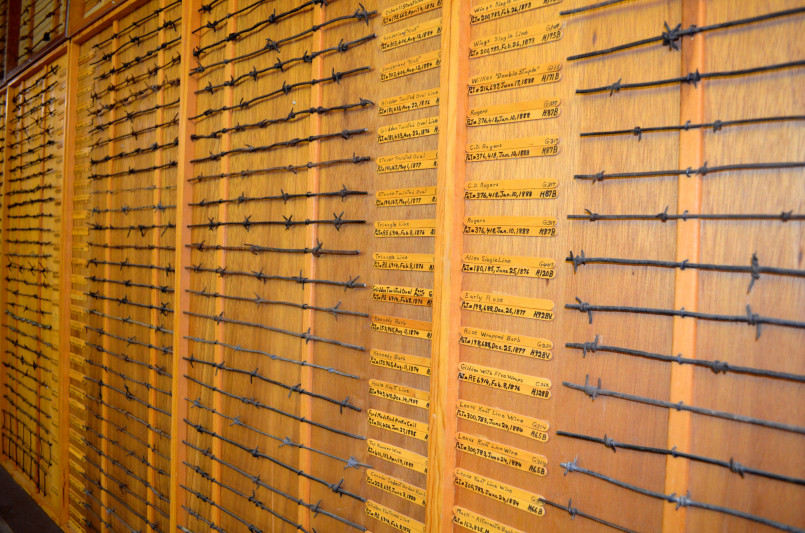
The Museum of Bad Art in Somerville, Massachusetts celebrates artistic works that went terribly wrong. With the slogan "art too bad to be ignored," this collection honors well-intentioned artistic failures that somehow transcend into something uniquely fascinating.
Planning Your Weird Roadside Attraction Trip
If you're inspired to explore America's strangest roadside stops, a little planning goes a long way.
First, consider focusing on a particular region rather than trying to see attractions scattered across the entire country. The American Southwest, for instance, offers a high concentration of unusual sights relatively close together.
Second, check operating hours carefully. Many smaller attractions have limited schedules or are seasonal. Nothing dampens a road trip like arriving at a closed attraction.
Finally, embrace spontaneity. Some of the best roadside discoveries happen when you follow hand-painted signs or take detours based on local recommendations. The strange attraction you didn't plan to visit might become your favorite memory.
America's highways are dotted with these monuments to eccentricity, creativity, and sometimes outright strangeness. While the interstate system has bypassed many classic attractions, dedicated road trippers still seek out these peculiar landmarks that make traveling America's roads an experience unlike any other in the world.
Frequently Asked Questions About 25 Bizarre Roadside Attractions Across USA You Won't Believe Exist
What's the difference between a tourist trap and a genuine roadside attraction?
Genuine roadside attractions typically emerge from passion, artistic vision, or local history rather than being engineered solely for profit. While many charge admission, authentic attractions offer unique experiences beyond shopping opportunities. The best have fascinating origin stories and represent their creators' genuine enthusiasm or eccentricity.
Are these roadside attractions suitable for children?
Most roadside attractions are family-friendly, though some like the Museum of Bad Art or certain mystery spots might appeal more to older children and adults. Many oversized object attractions are perfect for family photos, while automotive displays like Cadillac Ranch encourage hands-on interaction that kids love.
How much time should I budget for visiting roadside attractions?
Smaller attractions like giant statues might require only 15-30 minutes for photos and exploration, while complex sites like House on the Rock can take 3-4 hours to fully experience. A good rule is to allow an extra hour beyond what you expect to account for gift shops, conversations with staff, and unexpected discoveries.
Are America's roadside attractions disappearing?
While many classic roadside attractions have disappeared as interstate highways bypassed older routes, there's actually been a revival of interest in recent years. New attractions continue to appear, and preservation efforts have saved many classics. Organizations like the Society for Commercial Archeology work to document and preserve these unique pieces of Americana.
What's the best way to find unusual roadside attractions along my route?
Specialized websites and apps like RoadsideAmerica.com, Atlas Obscura, and Roadtrippers are excellent for discovering attractions along specific routes. Social media hashtags like #roadsideamerica and #weirdamerica can reveal newly discovered spots. Don't overlook local visitor centers, which often highlight quirky attractions that may not appear in mainstream travel guides.
